iMore Verdict
The Galileo combines some excellent hardware with some smart design decisions to make a very flexible, comfortable iPhone gaming experience. It is a bit bulkier than the competition, but that only serves to make it feel nicer in the hands.
Pros
- +
Very comfortable
- +
Ingenious moving USB-C plug for simple iPhone installation
- +
Excellent buttons, triggers, and sticks
- +
Hall effect triggers and sticks
Cons
- -
Some of the cool extra modes are Android-only
- -
Only supports iPhone 15 line
You can always trust iMore.
There are two different kinds of controllers that you can use to play games on your iPhone. There’s the kind that plonk your phone in a cradle, and then look and act like a traditional game controller. While these often have their own battery packs on board, they can often be bulky and take up loads of space.
The second kind is a ‘clamp’ controller that makes your iPhone look like a Nintendo Switch. It places the buttons, sticks, and triggers off to the side of your phone and comes with the added bonus of being far more portable than the first kind of controller. The G8 Galileo from Gamesir is one of these controllers — and it’s really good. But how does it rank up against the best game controllers for iPhone?
G8 Galileo: Price and availability

The Gamesir Galilieo G8 can be grabbed from the Gamesir website, as well as Amazon and other retailers. You’ll pay £79/$79 for one, which is perhaps more than some of the competition but around $20 less than its closest rival, the BackBone.
While the BackBone is more portable, the extra comfort you get with the Galileo is definitely a boon. You don’t get Backbone's excellent software, however.
G8 Galileo: Build

The Gamesir G8 Galileo is built very well. The plastics at hand feel high quality, and the overall construction is confidence-inspiring. It feels great when playing games, and comfortable for long gaming sessions too — and you can make it even better by changing out the sticks to the spare that you get in the box.
See, the front plates of the controller can be removed, allowing you to swap the sticks on their hall effect units. It’s a smooth, stress-free operation, clicking confidently into place when you put everything back together.
Those Hall Effect sticks are joined by Hall Effect triggers as well, so you’re not worried about stick or trigger drift over time — something that plagues even controllers from the likes of Xbox or Playstation. Hall Effect sensors use magnets rather than traditional analog stick components, and it leads to less wear on the stick mechanisms. Less wear, no drift.
iMore offers spot-on advice and guidance from our team of experts, with decades of Apple device experience to lean on. Learn more with iMore!
The hinge that allows the iPhone entry into the controller feels buttery smooth, and snaps shut with a satisfying clunk. Everything feels very well tested, thought through, and considered — and it all adds up to a very slick package that leaves the rival BackBone feeling a little ‘last-gen’.
G8 Galileo: Comfort and play
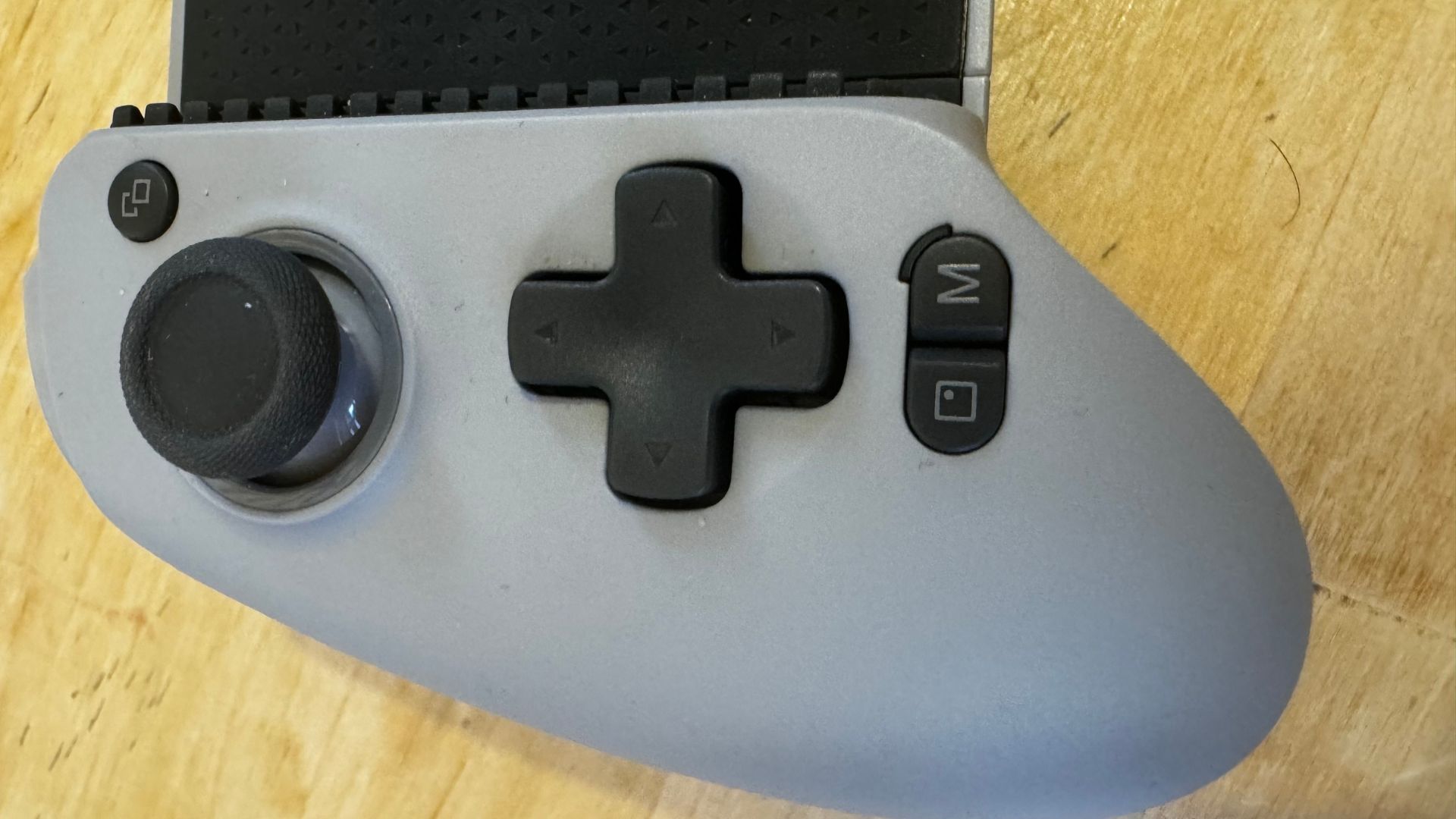
Clicking your phone into the controller is made easy by a very cool piece of design that will hopefully make its way into more controllers of this kind. As always, you pull the controller apart by the two control modules on the side, extending the sliding backplate to accommodate the iPhone. The USB-C port on the phone side of the device can then be manipulated into place, allowing for much easier entry for the phone. It tilts up and down, and even moves in the same vertices to accommodate phones of different thicknesses or with those with cases on.
It’s a brilliant solution and makes putting the phone in and pulling it out a whole lot less stress-inducing than some do with their less mobile USB plugs.
Once in, the Galileo is shaped like an elongated Xbox controller with the same layout. Triggers topped with clicky bumpers, asymmetrical sticks, ABXY buttons, and a D-pad. There’s a menu button and a start button as well for games that support them. The buttons all have solid, positive feedback, and react well during play. The sticks are tight and precise, and the triggers are smooth and reactive.
Overall, the controller is super comfortable over play sessions — I had no issues going for a lengthy Asphalt session when I should have been writing this review. Whoops.
G8 Galileo: Hardware support
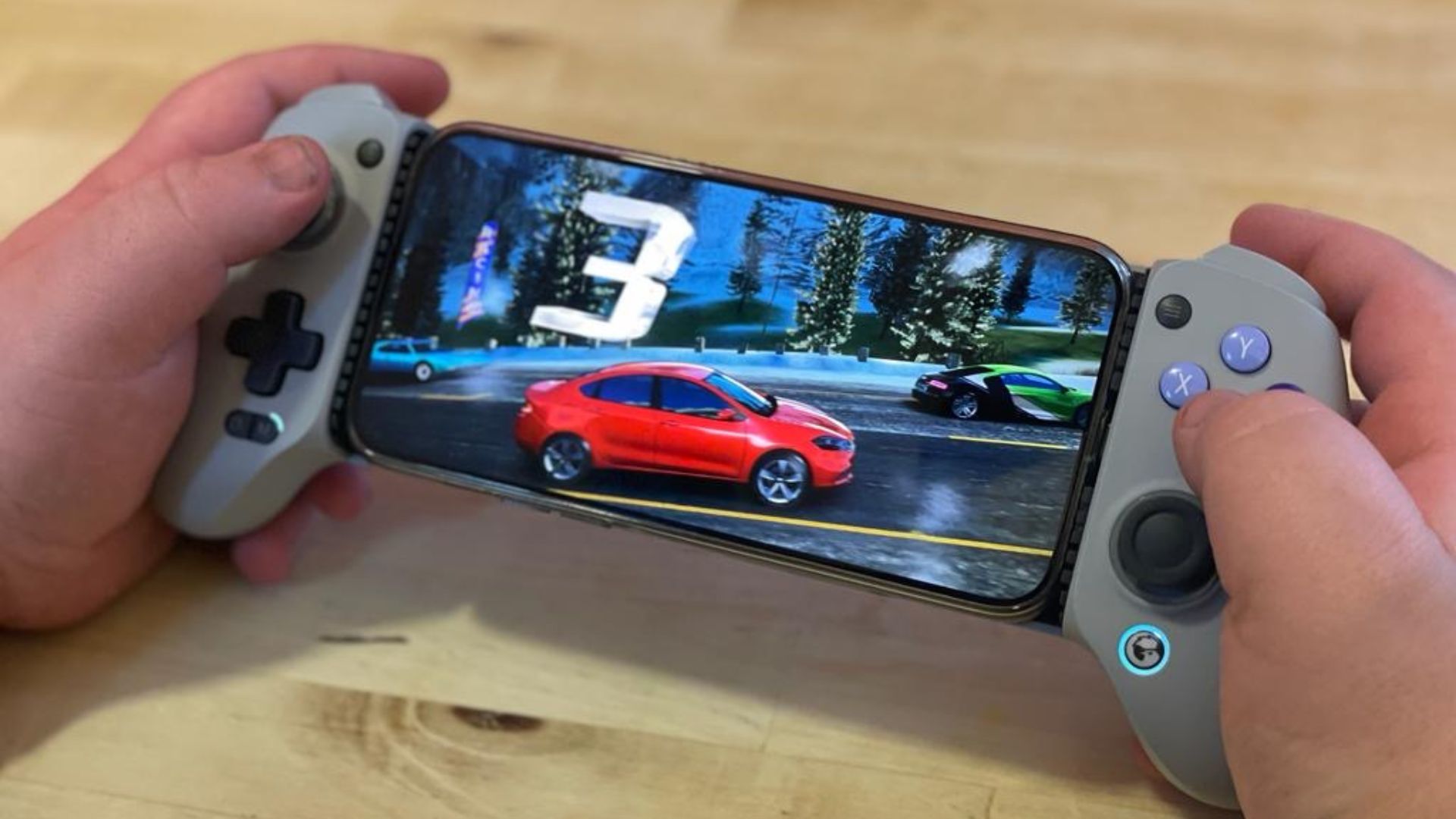
Okay, so it’s worth going over the features here in terms of what it can actually do with your iPhone. The only supported iPhone models are the USB-C-equipped iPhone 15 and iPhone 15 Pro lines, so those with Lightning options are completely out of luck. Even then, those who use an iPhone 15 don’t get the full gamut of features on offer.
Android users get access to Gamesir’s software, which lets you configure the controller to act out touch actions and make touchscreen games controller-friendly. The iPhone version will do no such thing. Similarly, the iPhone only supports one controller mode — PS mode. This, on an iPhone, works with supported games, PS remote play, and Xbox game pass. On Android, however, there are two extra play modes you can muck about with. PS mode is for PS remote play, while Android mode is for compatible controller games. The third mode makes use of that programming from the app, giving Android users more control options.
It’s no great issue, given that more and more games like Genshin Impact and GearClub Stradale support controllers, but it’s annoying that those with Google's OS are able to configure their controllers more than we iPhone users are.
Games that are controller-compatible work well — and you can configure the back buttons on the fly by holding them down and pressing the button you want them to emulate. It’s easy enough and works well.
G8 Galileo: Competition
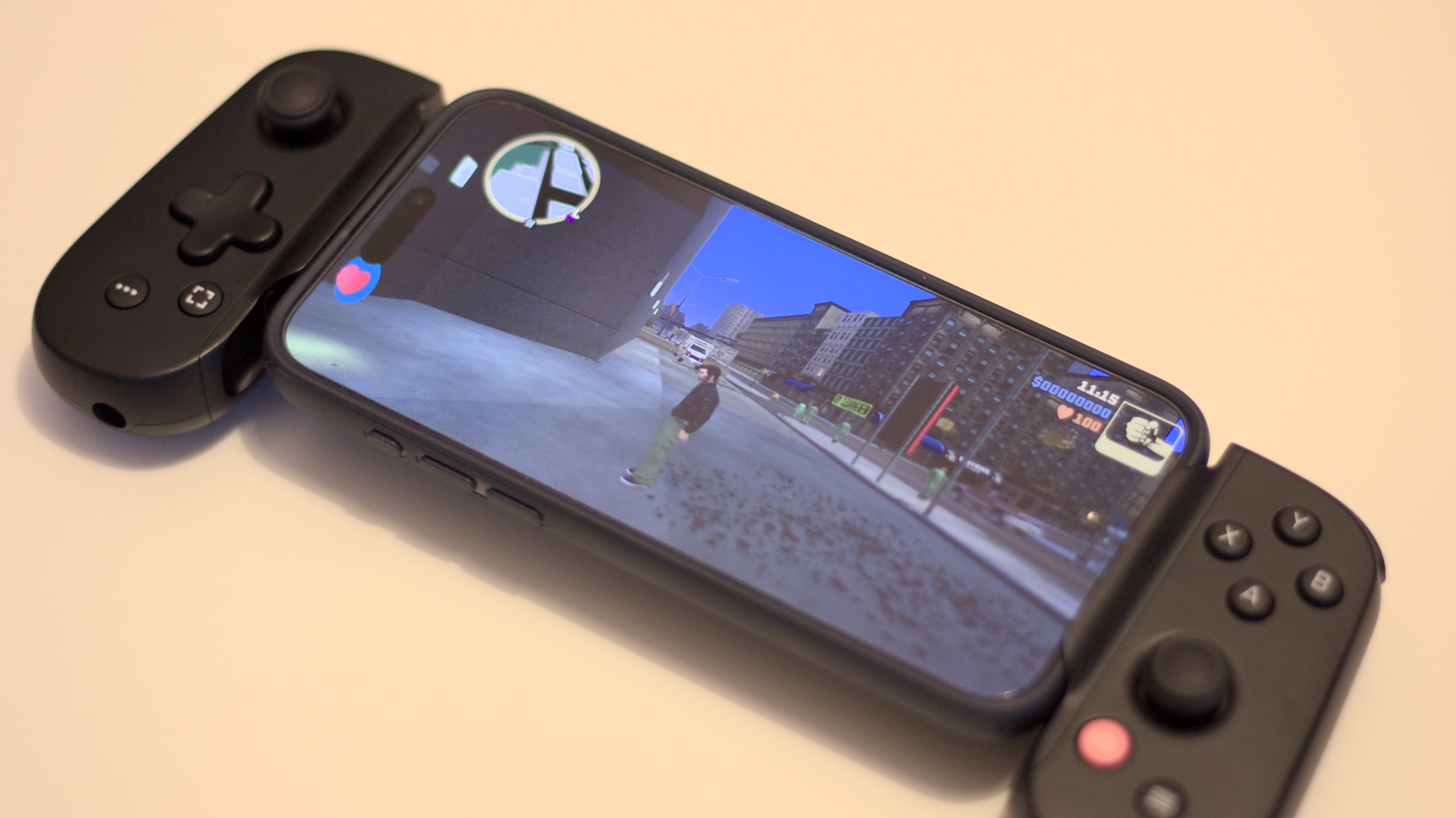
The most well-known competition is the BackBone One controller, a lovely piece of kit that also works with the BackBone software. That software is what rounds out the BackBone as a product, but there’s no doubt that the Galileo is the better controller. Unless you want the whole package, then the Galileo is the way to go.
The RiotPWR Cloud Gaming Controller is the option that Apple thinks you should buy, and if you’re after a fill pad then it’s a great option. It’s big and bulky, however, so you might want to look at this for a more portable alternative.
G8 Galileo: Should you buy one?
You should buy one if…
- You want a compact, comfortable controller
- You play lots of games on your phone
- You’re concerned about stick drift
You shouldn’t buy one if…
- You play lots of touchscreen games
- You have an iPhone 14 or below
- You prefer a full gamepad
G8 Galileo: Verdict
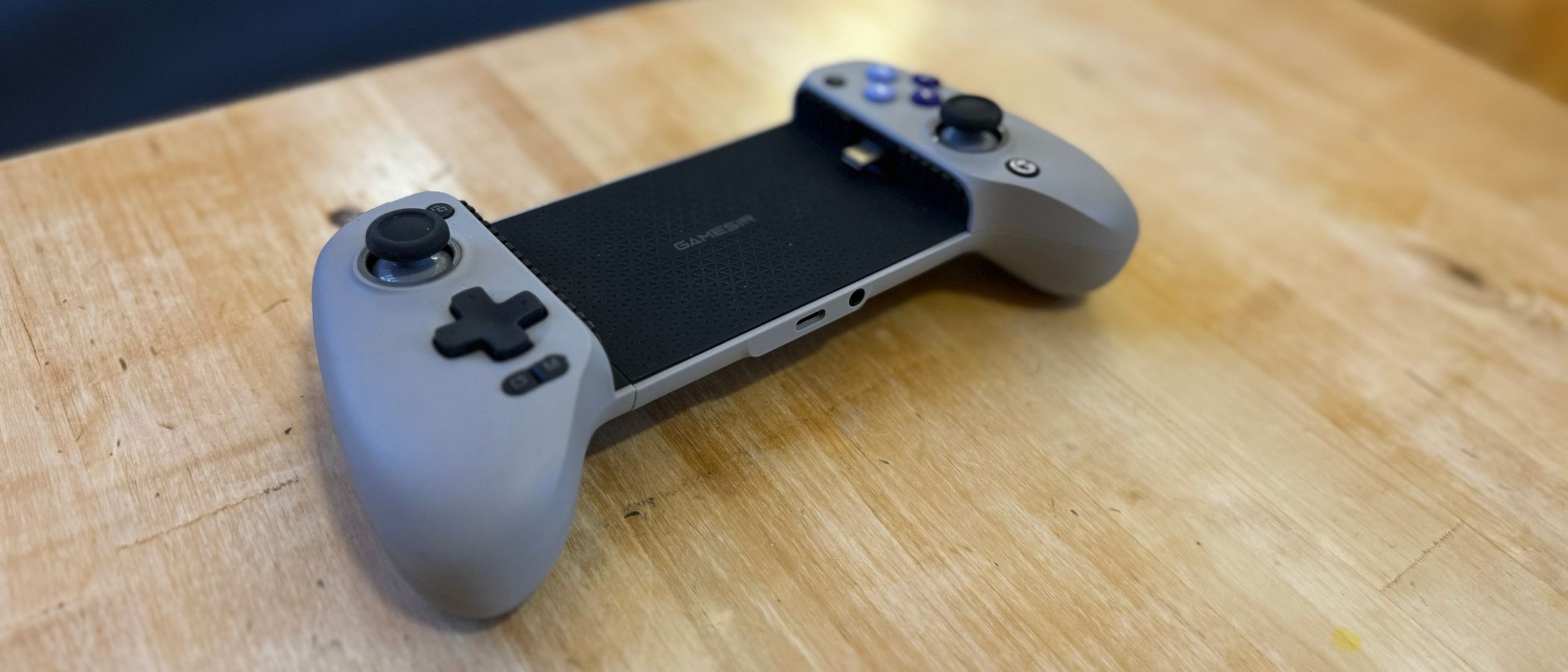
Comfortable, well-priced, and convenient, the G8 Galileo is a wicked controller filled to the brim with solid hardware. That moveable USB-C port is inspired, and the hall effect triggers and sticks will last longer than those on the competition. A must for gaming on iPhone 15, especially as more and more big games are released for iOS.
If you want a full gamepad like you might find on an Xbox, then you might want to look elsewhere. For those with the BackBone on their controller purchasing lists, however, this is a great alternative.
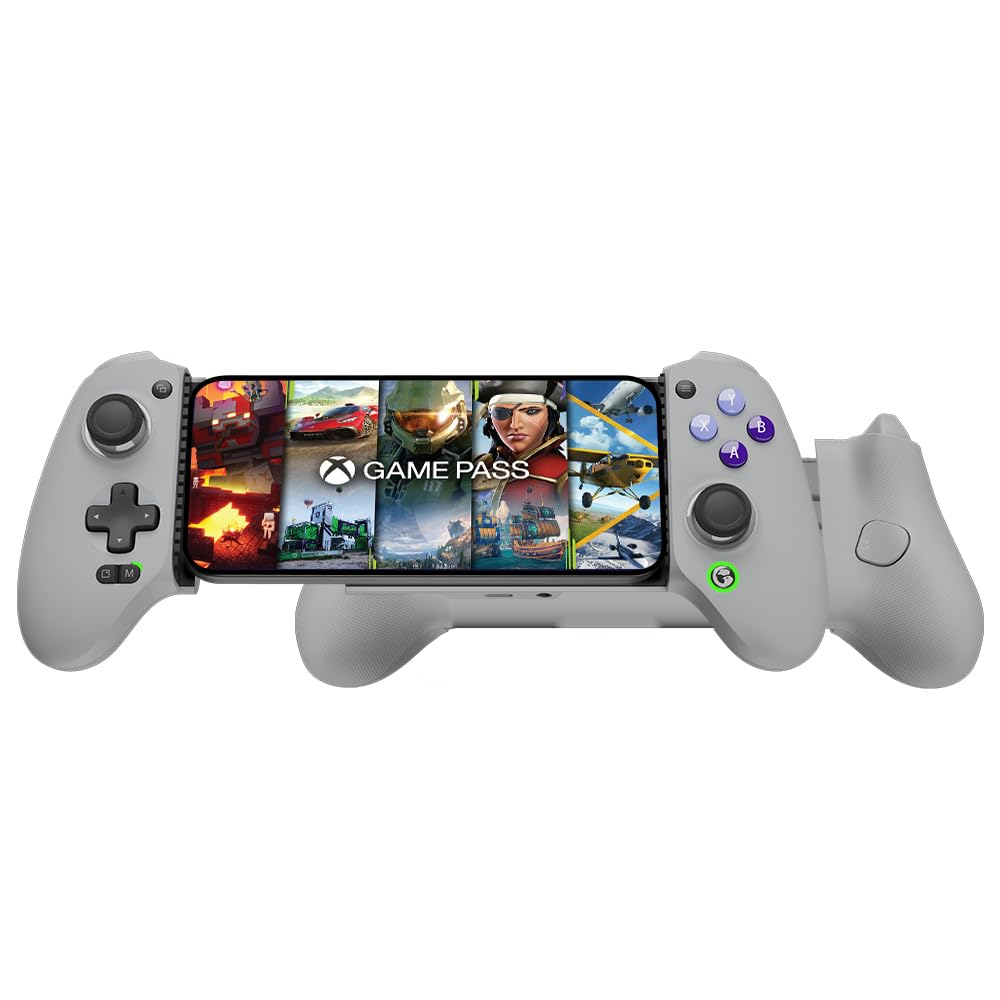
Comfortable iPhone gaming
The G8 Galileo clamps around your iPhone and gives you one of the most comfortable mobile gaming experiences around.

As iMore's Senior Staff writer, Tammy uses her background in audio and Masters in screenwriting to pen engaging product reviews and informative buying guides. The resident audiophile (or audio weirdo), she's got an eye for detail and a love of top-quality sound. Apple is her bread and butter, with attention on HomeKit and Apple iPhone and Mac hardware. You won't find her far away from a keyboard even outside of working at iMore – in her spare time, she spends her free time writing feature-length and TV screenplays. Also known to enjoy driving digital cars around virtual circuits, to varying degrees of success. Just don't ask her about AirPods Max - you probably won't like her answer.

